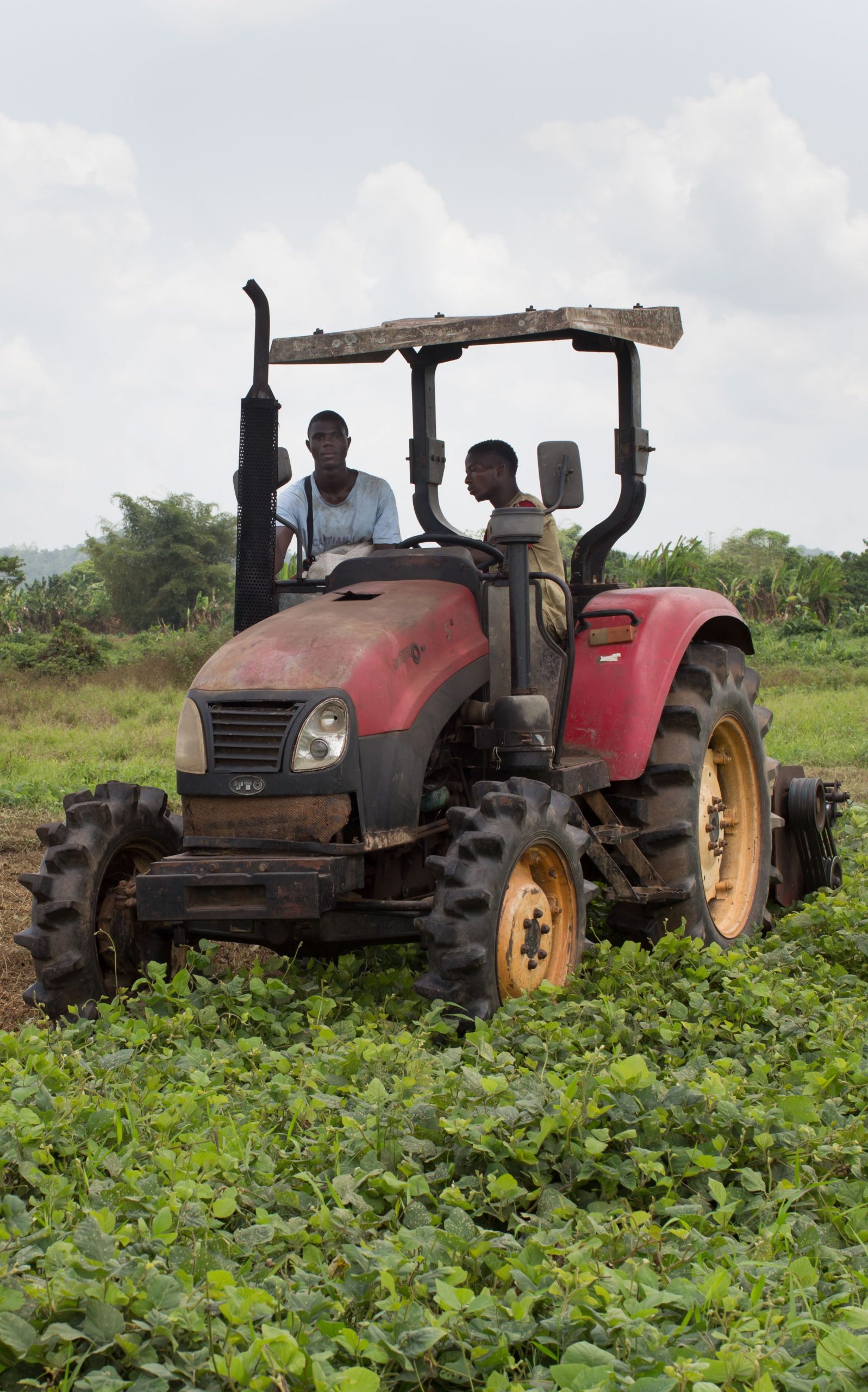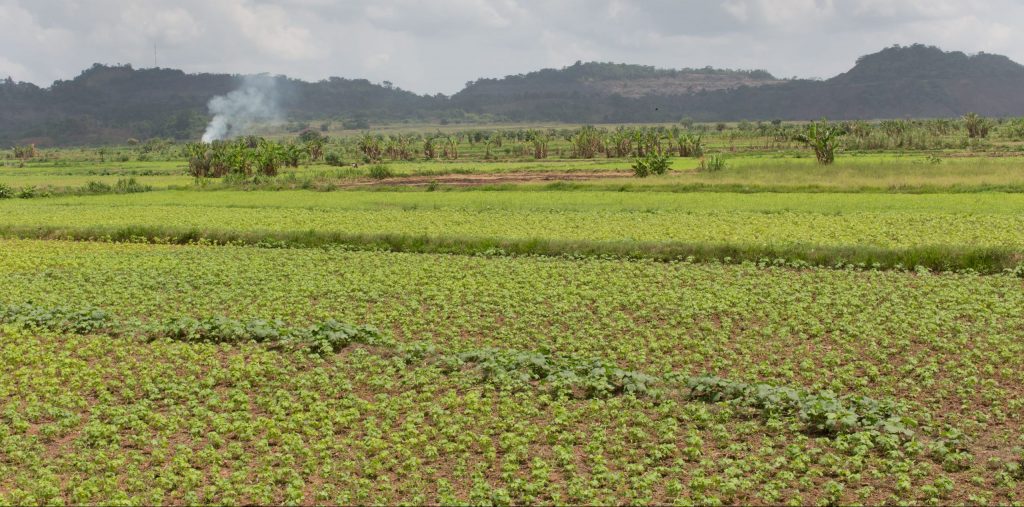THE CHALLENGE
The Challenge
Who decides about the access to land, about ownership and use rights?
In many countries the answers to these questions are complex. Land titles are often not documented, different legal regulations and governing structures exist simultaneously (statutory, customary, religious), triggering diverging notions of legitimacy. The legal frameworks are inconsistent, incomplete, or not (fully) implemented. Citizens are not sufficiently aware about legal provisions and their entitlements. Reliable data on land ownership and land transactions is often lacking.
Following the 2007-08 world food price crisis, the interest to acquire, lease or invest in agricultural land has increased considerably – both by domestic and foreign investors. This competition over natural resources has become a threat for local communities.
Evidence from the Land Matrix shows that the expansion of large-scale agriculture often affects areas that formerly served as common pool-resources: used by family farming households and communities to collect firewood and wild foods or as grazing ground for their livestock. Data also indicates that only in few cases, communities are adequately consulted before an investment is initiated. And even when investments start out with a responsible and inclusive agenda, they may fail to live up to expectations, contributing to asset loss and leaving local people worse off than before.


“The eradication of hunger and poverty, and the sustainable use of the environment, depend in large measure on how people, communities and others gain access to land.”
For generations, millions of
people have lived on their land. Only a fraction of this land is formally
tenured.
At the same time, up to 80 percent of the world’s poor and food insecure live in rural areas. More investments in rural areas and agricultural development are urgently needed.
For a long time, smallholding family farmers, local communities and indigenous groups have been politically neglected. International support to agricultural development declined for decades. African governments do not live up to commitments made (for example to allocate 10 percent of annual public expenditure to agriculture).
In this context, governments are turning to the private sector to fill the gap. But often, there are no adequate policy and legal frameworks to guide and regulate private investments in agriculture and food systems. And where such frameworks exist, they are not adequately implemented.

Also, there may be conflicting notions on how investments should be shaped: How much of the available agricultural land should be given to investors? Which is the appropriate investment model? How can local farmers and rural communities contribute to shaping the terms of the investments?
In many countries, there is no space to openly and transparently address such questions. And when discussions take place, they risk to remain unbalanced. This is particularly true in contexts, where traditional agricultural livelihood models are considered as “backwards” and unsustainable and the dominant narrative is promoting rapid, large-scale agricultural “modernization”.
Inclusive spaces for dialogue and collaboration are needed to contribute to the formulation and implementation of land and agricultural investment policies that serve all.
